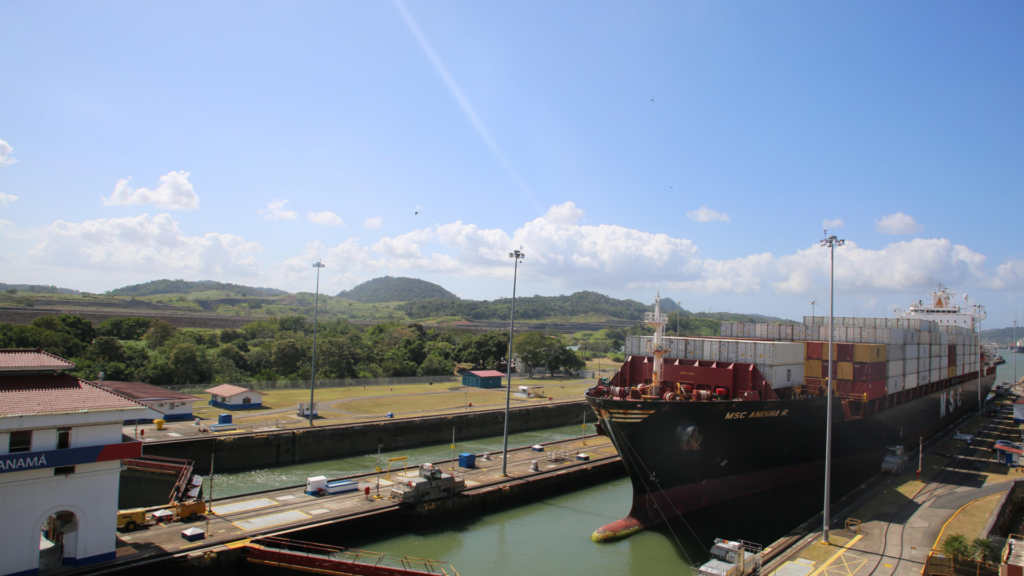Country – France
Context of the prospective study
In April 2021, the Conseil départemental de l’Isère decided to update its engineering services to help local authorities adapt to climate change and manage water resources in a more balanced way. This initiative is part of the department’s policy of ecological transition, and is based on a prospective study to analyse the impact of climate change on water resources at catchment basin level.
Faced with intensifying droughts, decreasing river flows and falling water tables, the aim of the study is to provide a better understanding of hydroclimatic changes and to assess their impact on the various uses of water. The aim is to provide water managers, local authorities and economic players with the tools and knowledge they need to anticipate these changes and implement appropriate strategies.
Thanks to a detailed prospective study of climatic and hydrological data, this study will make it possible to identify the most vulnerable sectors and the risks of supply disruption, taking into account the uncertainties linked to climate projections. By facilitating the dissemination and appropriation of this information by local stakeholders, the Department intends to encourage more resilient and sustainable management of water resources and promote effective adaptation to future climate challenges.
This prospective study of water resources and climate change in Isère is funded by the Agence de l’eau Rhône Méditerranée Corse.
Discover the main objective of this prospective study
The strategic objectives are to share the key issues in water management in Isère, objectify the vulnerability of uses and disseminate this information to encourage action. The study primarily targets GEMAPI managers, local authorities in charge of the small water cycle (drinking water, sanitation) and consultation bodies such as the Local Water Commissions.
The Department plays a facilitating role, providing territories with knowledge and decision-making tools, without imposing strategies.
Operational objectives include :
- Analysis and transmission of data on climate and water resources for past and future trends by hydroclimat
- A diagnosis of the major issues and the vulnerabilities of socio-economic uses carried out by auxilia
Our contribution: an analysis of past and future climate and hydrological trends
The first phase of the prospective study aims to analyse in detail climatic and hydrological trends over the last 60 years and for the coming decades. This analysis, carried out at the level of each sub-catchment of the Isère, will enable the major trends to be identified, such as the rise in temperatures, the variability of rainfall and the intensification of periods of drought.
The study is based on a two-pronged approach:
- A retrospective analysis, based on historical data from the last 60 years, to characterise past changes in climate and water resources.
- A prospective analysis, based on climate and hydrological projections from EXPLORE2, to anticipate future trends and assess their potential impact on water resources.
The prospective and retrospective study of hydrological variations includes the evaluation of river flows, groundwater levels and the frequency of droughts, in order to better understand the impact of climate on water availability. The distinction by sub-catchment area is essential to take account of local characteristics and ensure an approach that is adapted to the geographical and hydrological realities of the area.
The key points of this phase:
- The definition of relevant indicators, in consultation with local stakeholders, to characterize climate and water resources.
- An analysis of past climate changes (precipitation and temperatures) in the 11 watersheds of Isère since 1960.
- An analysis of past hydrological trends, based on river flows and groundwater levels.
- An analysis of the trend evolution of the indicators for 2 scenarios of short (2021-2050), medium (2041-2070) and long term (2071-2100) climate change.
- An identification of major future trends in climate and water resources at the level of the department and 11 watersheds.
This first phase of the prospective study is essential to establish a solid baseline and inform water management decisions in response to climate change.
What are the results?
Our project team produced four key deliverables for optimized water resource management in this prospective study:
📖 A methodological booklet: It describes the analysis approach, objectives, methods applied, criteria for the evaluation of climate and hydrological models as well as a guide to the use of data.
📑 A technical sheet per watershed: They detail the results specific to each watershed of the territory.
📍 A departmental technical sheet: It synthesizes the results at the department level.
💾 A comprehensive database: It contains all the results of the hydroclimatic analyses carried out during this mission.
Why are these deliverables key?
The deliverables that were provided at the end of this prospective study are key for 4 main reasons:
- Anticipating the future: Development of specific hydroclimatic scenarios to better manage extreme events and plan local strategies.
- Facilitate decision-making: A centralized tool to support sustainable water resource planning and management is available.
- Guide action: Tailored recommendations to strengthen the resilience of territories, optimize uses and avoid water-related conflicts.
These deliverables constitute a strategic basis for supporting communities in adapting to climate change and sustainable management of water resources.
Conclusion
This prospective study constitutes a key lever for an integrated and sustainable management of water resources in the department of Isère. Based on a detailed analysis of past trends and projections adapted to each sub-watershed, it allows the impacts of climate change on water availability to be anticipated and mitigated.
Thanks to a scientific and territorialized approach, this prospective study offers local actors the tools necessary to strengthen the resilience of territories, optimize uses and secure access to this essential resource. It is thus part of a proactive and sustainable approach, guaranteeing management adapted to the climate and hydrological issues of tomorrow.
This prospective study fully mobilizes our expertise in data changement climatique and data ressources en eau, affirming our commitment to resilient water management in the face of 21st century challenges.








